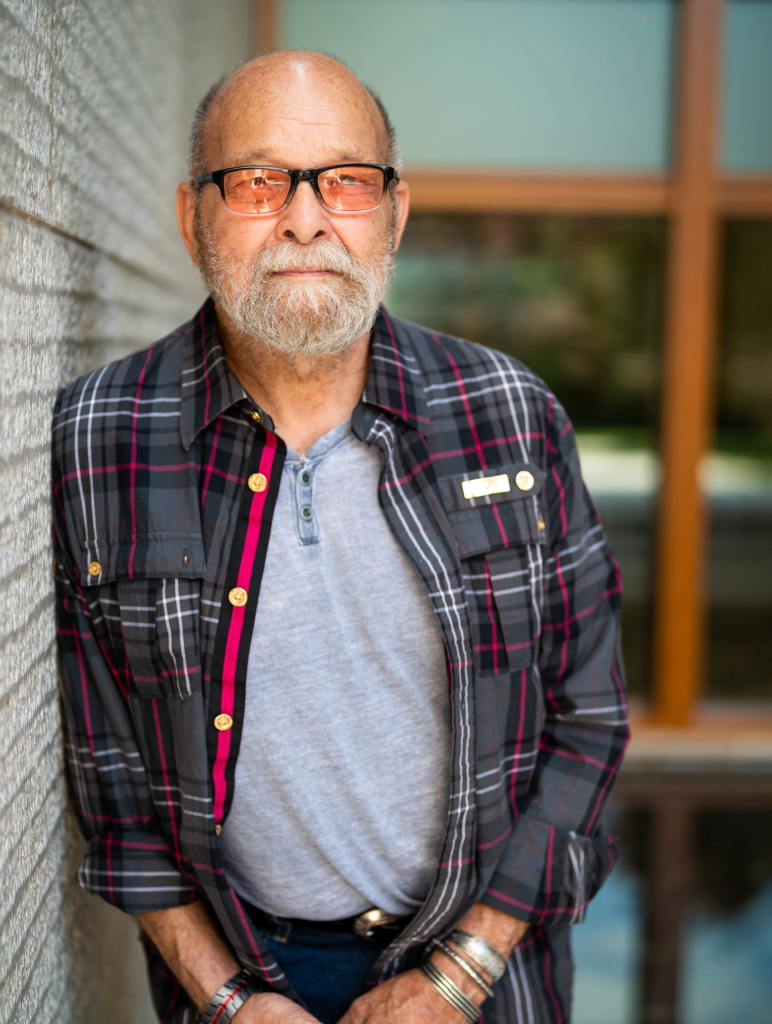What do you think the Philadelphia Art Commission does? You might correctly guess that it approves works of art purchased by the City or placed on public land, along with some street signs. But anyone who has tuned into a public meeting of the commission will have noticed that the nine-member body does more than
MoreIn December, the City Council voted 17-0 to pass Bill No. 080025, introduced by Councilwoman Blondell Reynolds Brown. The bill requires LEED-silver standards for all government construction projects over 10,000 square feet that are primarily funded by city capital dollars and controlled by the city. The measure is an important step towards reaching the Target
MoreFor the last few months, observant Philadelphians strolling down the 1600 block of Locust Street have no doubt been startled. When you first catch a glimpse of the massive Curtis Institute of Music expansion project, it feels a little bit like you’ve stumbled onto a movie set.
MoreBoathouse Row’s signature style goes green…red and goldby Lee Stabert
The lights of boathouse row are iconic Philadelphia—they get top postcard billing alongside the Liberty Bell and the Art Museum steps. So, you can imagine the fuss a few years ago when they decided to change them, replacing every bulb with an energy-efficient, long-lasting LED.
by Claire ConnellyPhiladelphia continues to receive national recognition for its progressive green initiatives. We’ve been ranked one of the 10 greenest cities in the nation and are making strides towards the top of that list. One notable facet of this citywide greening process is the growing number of green roofs sprouting up on both public
MoreUrban Eco Electric energizes the Philadelphia solar market with free installation and affordable leasing optionsMany homeowners want solar energy, but far too few can afford the upfront costs. How can this be overcome? One solution is leasing. The most prominent example of a successful leasing company is California-based SolarCity, which was partially funded by Elon
MoreThe Cul-De-Sac Syndrome: Turning Around the Unsustainable American Dreamby John F. WasikBloomberg, $24.95Financial analysts, like the author of this book, have picked out the housing market as the trigger for the current economic downturn. In The Cul-De-Sac Syndrome, John Wasik, a personal finance columnist for Bloomberg News, agrees with that assertion, but says that our
MoreOne of the oldest museums in the country strives to become more efficientby Will DeanWhen a fire broke out at the Wagner Free Institute of Science last February, they decided it was time to do something about their 100-year-old heating system.
MoreOld factories and warehouses get a green retrofitby Christopher WinkFor five generations and 140 years, the Globe Dye Works dyed and wound yarn, and employed hundreds at its peak. In 2005, unable to continue fighting the globalization and outsourcing that moved other businesses, Globe closed, ending another vestige of Philadelphia’s past as the Workshop of
MoreLandscapers save rainwater for watering gardensby Brian James KirkThroughout the Wissahickon watershed, a 64 square-mile basin beginning in Montgomery County and flowing south into Philadelphia, a stormy early May has saturated the ground with rainwater, which will eventually twist downstream through dozens of tributaries into the Schuylkill River.
MorePhiladelphia's Director of Sustainability, Mark Alan Hughes, answers our readersQ: The tax abatement costs the city millions in revenue, and discourages the renewal of existing buildings, thus causing the waste of huge amounts of energy and new construction material, while not requiring any more labor (that is, it doesn’t create jobs compared to restoring existing
More

